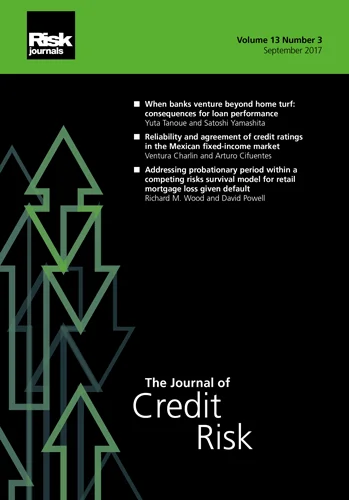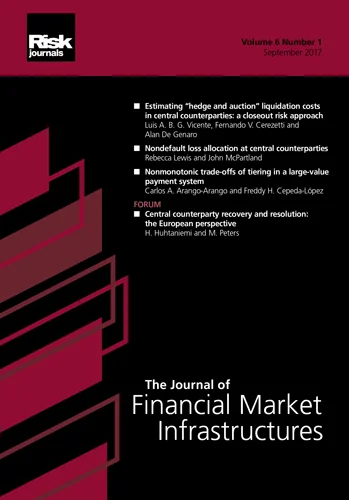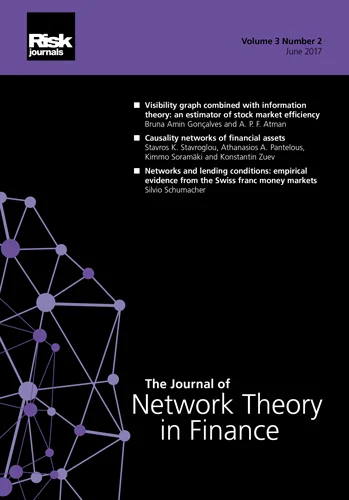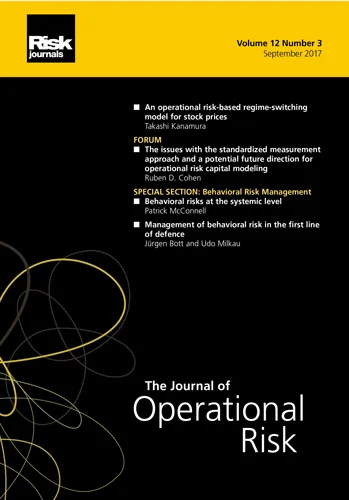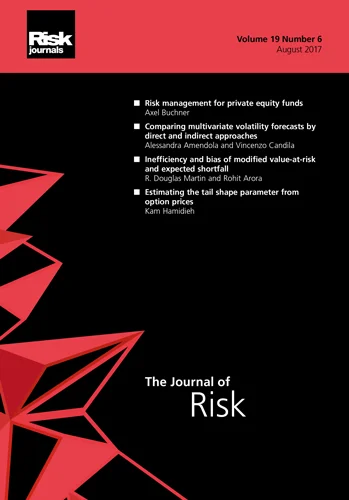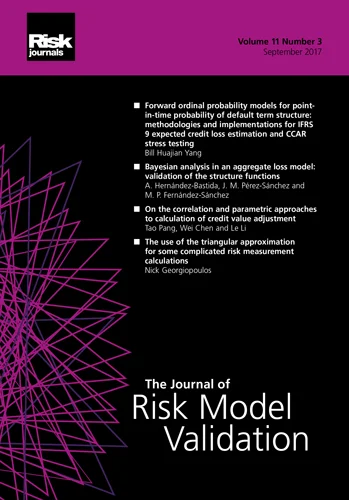Journal of Risk
ISSN:
1755-2842 (online)
Editor-in-chief: Farid AitSahlia

Need to know
- Standard measures of market risk model responsiveness are scenario-dependent random variables.
- They are not a function of volatility.
- Unless uncertainty is quantified, analysis (or policies) based on these measures may be misleading (or ineffective).
Abstract
Measuring the responsiveness of a market risk model is relevant whenever the focus is on evaluating if a model is over- or underreacting to changes in market conditions. Such is the case, for example, in the discussion about the procyclical effects of the initial margin models used in both the central and noncentral clearing worlds to estimate the potential future exposure of portfolios. By definition, these models are sensitive to changes in market risk and, as a consequence, when market risk increases, initial margin requirements will tend to increase. To mitigate procyclical effects, central counterparties have put in place different tools. However, after the recent periods of market stress deriving from the onset of the Covid-19 pandemic and the illegal Russian invasion of Ukraine, there have been renewed discussions about further monitoring, measuring and mitigation of models’ procyclicality. This paper contributes to the discussion by highlighting the fact that the standard measures of model responsiveness are random variables and subject to uncertainty. Therefore, to be robust, decisions or policies based on these measures need to take into consideration the impact uncertainty will have on expected outcomes. To estimate such an impact, the analysis examines the case of some typical margin models, both empirically and within a Monte Carlo simulation setting. The results show there is a significant amount of uncertainty when measuring responsiveness, which raises questions about the effectiveness of prescriptive approaches to mitigating procyclicality.
Copyright Infopro Digital Limited. All rights reserved.
As outlined in our terms and conditions, https://www.infopro-digital.com/terms-and-conditions/subscriptions/ (point 2.4), printing is limited to a single copy.
If you would like to purchase additional rights please email info@risk.net
Copyright Infopro Digital Limited. All rights reserved.
You may share this content using our article tools. As outlined in our terms and conditions, https://www.infopro-digital.com/terms-and-conditions/subscriptions/ (clause 2.4), an Authorised User may only make one copy of the materials for their own personal use. You must also comply with the restrictions in clause 2.5.
If you would like to purchase additional rights please email info@risk.net

